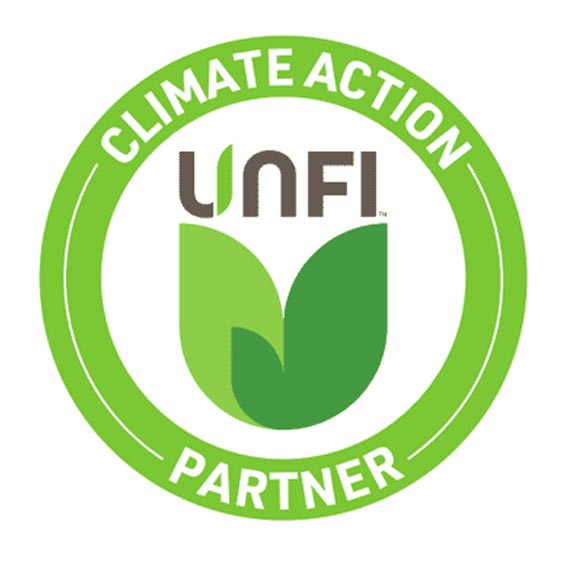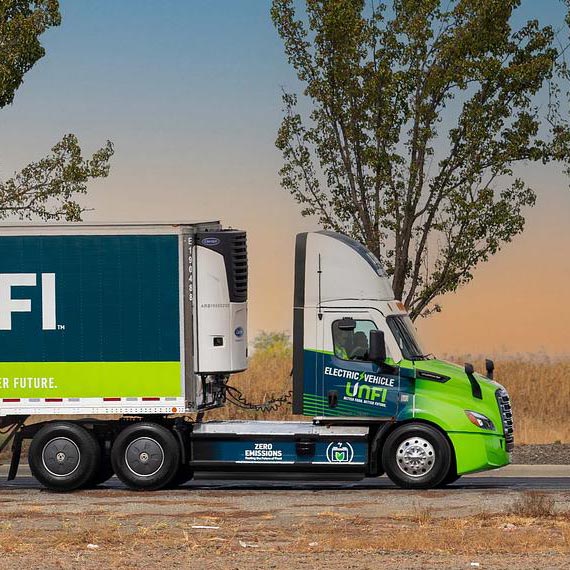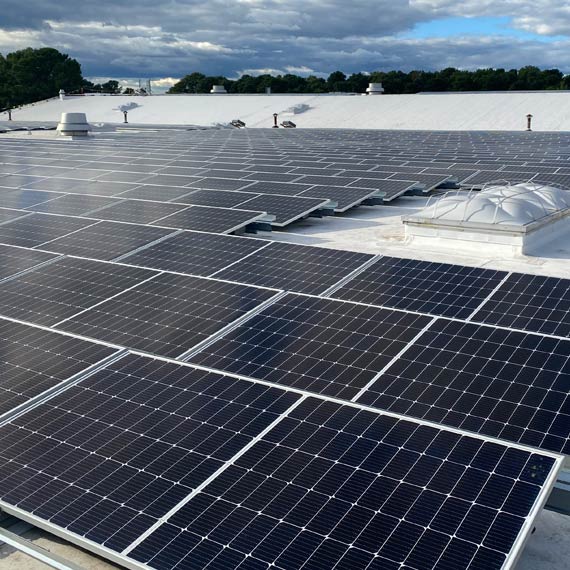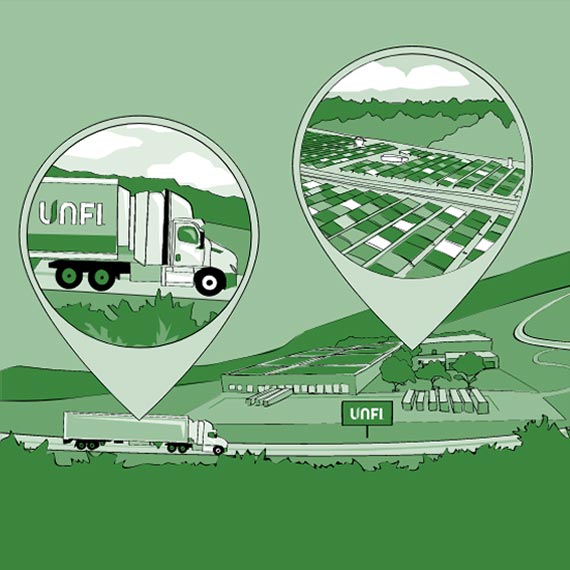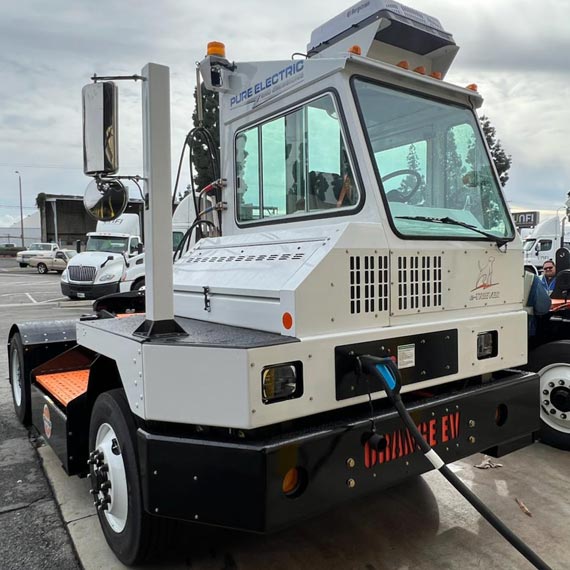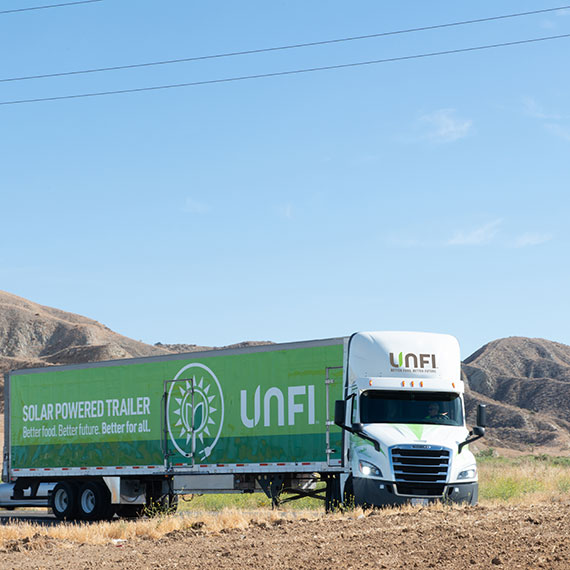climate action
-

Climate change is inextricably linked with the impacts we have on every system of which we are a part. Given our scale, we know we can’t waste any time in helping our industry build a better system. We are jumping feet first into this transition and are well-equipped to leverage our scale, navigate toward sustained progress, and accelerate on our path to decarbonization.
-
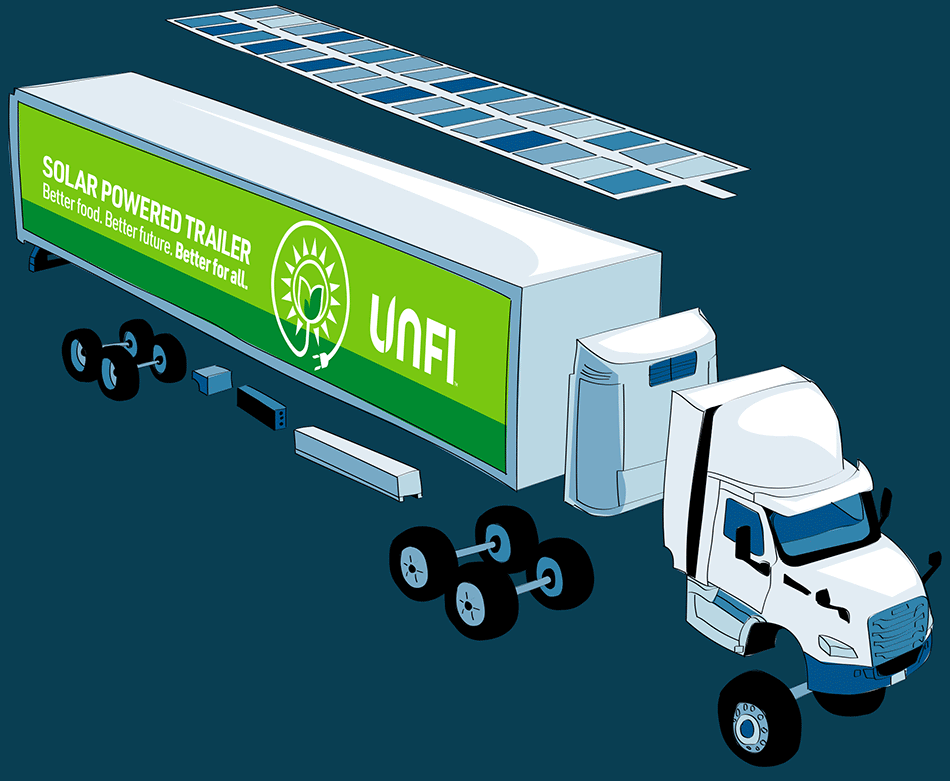
-
How is this better for all?
Scientists unequivocally agree that human activity has been the dominant cause of climate change. The food system is a major contributor – from the land used to grow food, to the way it’s packaged and transported.1
-

OUR PEOPLE
Teaching our associates about the benefits of climate-smart technology and addressing climate change minimizes risk in our supply chain and protects jobs.
-

OUR COMMUNITIES
Improving the direct environment for communities and supporting those that are disproportionately affected by climate change helps communities become more resilient in the face of extreme weather and human health consequences that result from climate change.2
-

OUR WORLD
Measuring and reducing our emissions is key to mitigating some of climate change’s scary symptoms, from prolonged droughts to melting glaciers.
1. United Nations. (2021, March). Food systems account for more than one third of global greenhouse gas emissions. Food and Agriculture Organization of the United Nations, United Nations. https://www.fao.org/news/ story/en/item/1379373/icode.
2. National Public Radio. (2021, September). Climate Change Is The Greatest Threat To Public Health, Top Medical Journals Warn. WAMU, NPR. https://www.npr.org/2021/09/07/1034670549/climate-change-is- the-greatest-threat-to-public-health-top-medical-journals-warn.
-
Building on our strong foundation of emissions tracking, which we measure across our value chain, we are focused on integrating our decarbonization strategy into every facet of our business to ensure it never becomes a check-the-box exercise.
-
Facilities
-
Fleet
-
Value Chain
-
As we continue our energy efficiency work, we are also honing in on our renewable energy strategy. Transitioning to renewable energy is a way to meaningfully reduce the emissions associated with powering our buildings. To reach our science-based emissions reduction targets, we will need to convert roughly 80% of our power supply to renewable resources.
Challenging “business as usual” requires comparing and evaluating the options available to support a renewable energy transition. Renewable energy costs are currently volatile as a result of increased cost of materials, supply chain concerns, and the growing demand for renewables. We’re currently retrofitting our facilities with lower-emission operational and lighting updates, as well as on-site solar and electric yard trucks, while also searching for additional ways to maximize our efforts, including power purchase agreements, utility green tariffs, and other on-site installations to achieve our ambitions.
-
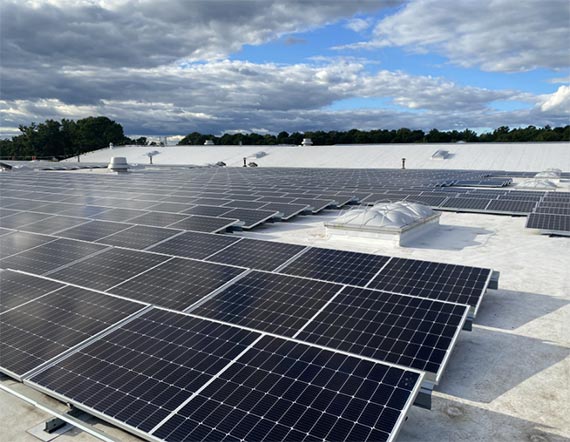
Rooftop solar panels at the Howell, New Jersey distribution center
-
The transportation sector is the largest cause of GHG emissions in the United States and it’s the second largest contributor to our overall emissions – representing about half of our direct emissions.1 Lowering our carbon footprint by researching new innovations and investing even more in transportation technology is a serious undertaking, especially at scale. Because scale is more than simply being the biggest company or operating the most facilities. It includes having distribution centers located near customers, having capacity to move product efficiently, and being flexible to shift volume between distribution centers when needed.
Over our history, we’ve efficiently connected growers and manufacturers with customers in every state. Our growing business, however, means more routes, more trucks on the road…and, if we don’t ultimately change our ways, more carbon emissions. We continue to invest in decarbonization and pilot cutting-edge, carbon-reduction technologies – from using all-electric yard trucks to move trailers in California, to emission reduction technology in our fleet, to adding solar-powered trailers to our existing fleet. This is not only super cool, but it should also bring in long-term savings in fuel, reduction in emissions, and increase our climate resilience.
While this is an important focus area for us, the magnitude is still small when compared to our full value chain emissions.
1. The United States Environmental Protection Agency. (2021, July). Sources of Greenhouse Gas Emissions. Greenhouse Gas Emissions, EPA. https://www.epa.gov/ghgemissions/sources- greenhouse-gas-emissions.
-
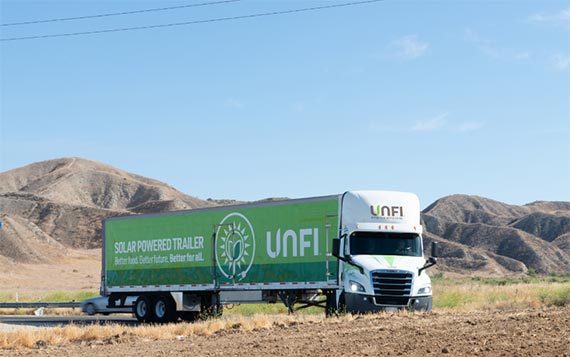
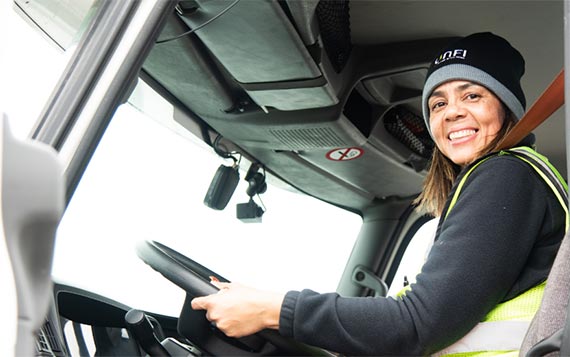
Above: One of our solar-powered trailers on the road
-
We know we have work to do and that we can influence the broader industry and inspire others to take action. That said, it would be considerably more difficult to meet our emissions reduction ambitions without collaborating with our partners along the value chain.
Setting out on the path to decarbonization can be overwhelming for businesses of all sizes. So, we’ve also deployed tools, like the Climate Action Hub and Climate Action Partnership, to help our suppliers better manage their own climate impacts, make their own credible commitments, and to help us set the stage for future action. We hope this evolving partnership will help us fast-track collective action toward a decarbonized future by providing a platform for conversation, learning, and, of course, climate action.
Engaging our suppliers helps us to better understand the hurdles suppliers face, including consistently tracking emissions, introducing or scaling new agricultural practices, and minimizing the impact of packaging.
-
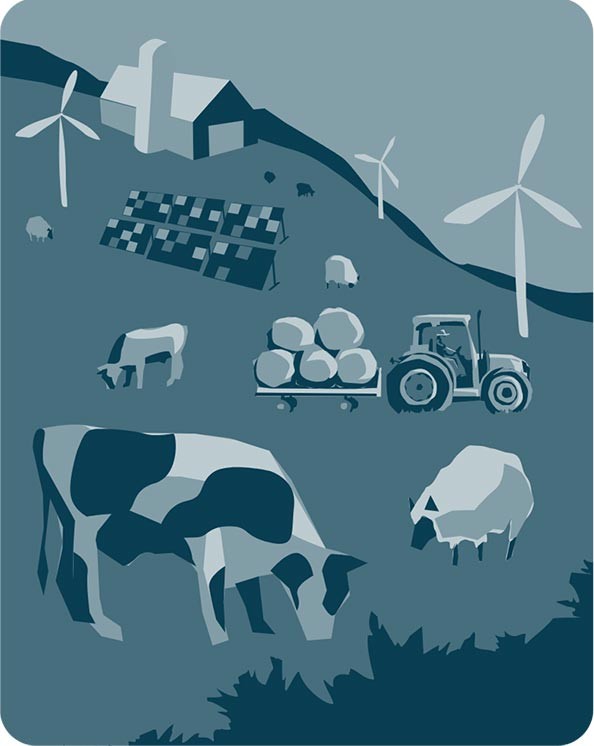
We are accelerating our action using a framework that is informed by reputable and reliable climate science. We continue to work behind the scenes to decarbonize our operations and value chain, make climate action a priority, and focus on the most effective reduction levers.

